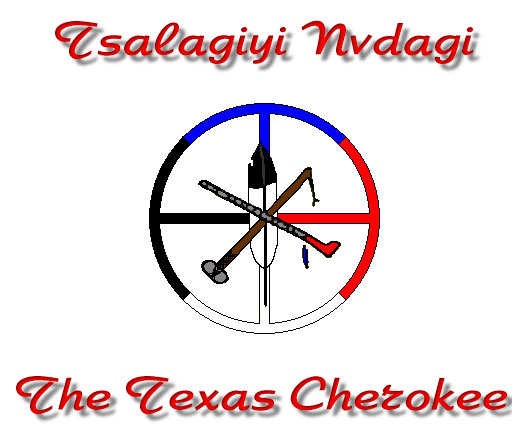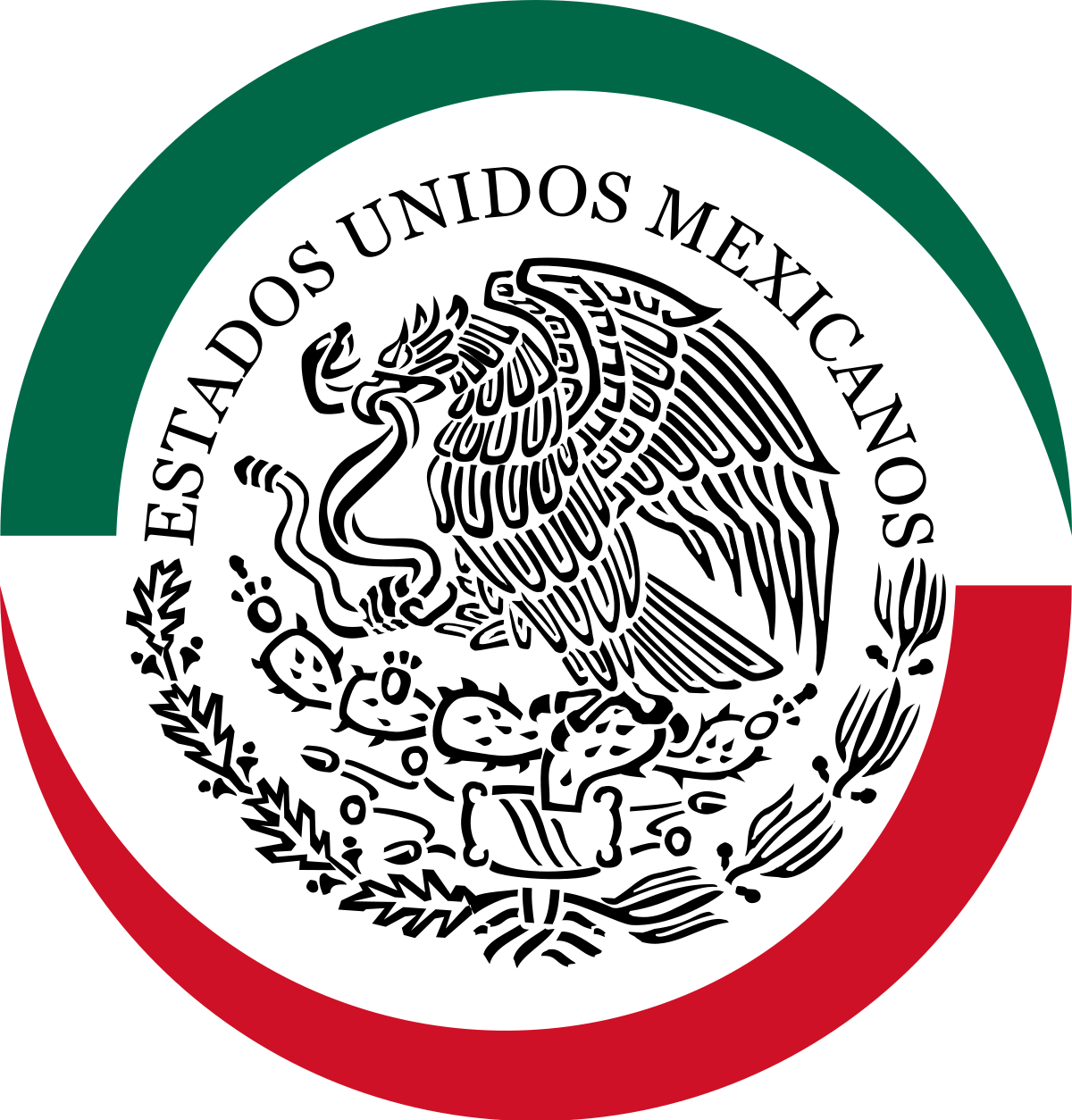Red (EAST)
Red was symbolic of success. It was the color of the war club used to strike an enemy in battle as well as the other club used by the warrior to shield himself. Red beads were used to conjure the red spirit to insure long life, recovery from sickness, success in love and ball play or any other undertaking where the benefit of the magic spell was wrought.
Black (WEST)
Black was always typical of death. The soul of the enemy was continually beaten about by black war clubs and enveloped in a black fog. In conjuring to destroy an enemy, the priest used black beads and invoked the black spirits- which always lived in the West,-bidding them to tear out the man’s soul and carry it to the West, and put it into the black coffin deep in the black mud, with a black serpent coiled above it.
Blue (NORTH)
Blue symbolized failure, disappointment, or unsatisfied desire. To say “they shall never become blue” expressed the belief that they would never fail in anything they undertook. In love charms, the lover figuratively covered himself with red and prayed that his rival would become entirely blue and walk in a blue path. “He is entirely blue,” approximates meaning of the common English phrase, “He feels blue.” The blue spirits lived in the North.
White (SOUTH)
White denoted peace and happiness. In ceremonial addresses, as the Green Corn Dance and ball play, the people symbolically partook of white food and, after the dance or game, returned along the white trail to their white houses. In love charms, the man, to induce the woman to cast her lot with his, boasted, “I am a white man,” implying that all was happiness where he was. White beads had the same meaning in bead conjuring, and white was the color of the stone pipe anciently used in ratifying peace treaties. The White spirits lived in the South.
There are three additional sacred directions
Up Above = Yellow
Down Below = Brown
Here in the Center = Green
Cherokee Moons
January – Month of the Cold Moon – du no lv ta ni
February – Month of the Bony Moon – ka ga li
March – Month of the Windy Moon – a nu yi
April – Month of the Flower Moon – ka wa ni
May – Month of the Planting Moon – a na a gv ti
June – Month of the Green Corn Moon – de ha lu yi
July – Month of the Ripe Corn Moon – gu ye quo ni
August – Month of the end of the Fruit Moon – ga lo nii
September – Month of the Nut Moon – du li i s di
October – Month of the Harvest Moon – du ni nv di
November – Month of the Trading Moon – nu da de qua
December – Month of the Snow Moon – v s gi gaCherokee Moons
The Cherokee Medicine Wheel
excerpts by Jutlia Atli
The Medicine Wheel is a widely used ceremonial and religious device that is used among and understood by many Native peoples and varies from tribe to tribe. It is known in different forms all over the world and I believe it is a part of the human psyche, like a map buried in our spiritual and mental strata. It is known by many names, perceived in many ways, from many angles.
The Wheel basically represents the sacred directions of the cosmos and the religious beliefs and beings associated with them, it represents us at the center and then illustrates that all worlds, states, beings, etcetera are greatly affected by the myriad of forces all around and within us, it represents those very forces and states and worlds. But it can and does also represent us in different places; we can travel the Wheel since it also represents life stages and such. We are created by, balanced between, and destroyed by the primary forces represented on the Wheel. These primary forces are broken down into seemingly smaller and smaller components. The Wheel represents everything and nothing. I have shown below the basics of the Cherokee Wheel.
In the Seven Heavens of the Cherokee there are three deities; Kanati, Selu, and Unetlanvhi (there are many more Honored Spirits there but these three are the highest) which form the Heavenly Triad. Kanati and Selu as husband and wife, male and female represent the duality, they are the highest representation of this; and Unetlanvhi, the high center of the Triad, represents the transcendence (total embracement) of the Wheel, of ourselves.
“Medicine Wheel” isn’t a Cherokee term, at least not anciently so. The structure of the old Cherokee religion seems to have always been of the Wheel structure. The Cherokee colors of the directions (red, blue, black, white, yellow, green, brown), the sacred directions (east, north, west, south, above, here, below), the four sacred elements (fire, air, water, earth), the deities associated with certain directions, and the meanings attached to the colors and directions, these are all things of the old Cherokee faith, these are the Cherokee Medicine Wheel.
The Wheel among our ancients is also evidenced by the circle cross design. The circle cross design or the circle cross motif can be found everywhere in the southeast and at basically all periods of habitation. This design is undoubtedly of extremely ancient origin and predates the Cherokee; it goes all the way back to the cultures that gave birth to ours and others of the southeast. It was and is carried on as a popular design of the Cherokee and virtually every other Southeastern culture, even those that no longer exist.
The Cherokee Medicine Wheel, as a symbol and tool, is simply four great green logs that extended outwards from the Sacred Fire. Most Cherokees do not construct stone wheels, just as we did not use stone for other constructions, like the council houses which held the Sacred Fire.
Most things on the Cherokee Wheel go counter-clockwise, the seasons are an exception. Counter-clockwise has been said to be favorable to the divine. This is why Cherokees usually dance in this direction.
The Medicine Wheel (whether of stone or of logs or whatever) is a sacred and purified space at which rituals, magical work, and ceremonies may be conducted. It usually marks a “power place”, a place where beneficial energies are present in unusually high quantities, and it serves as a doorway through which communication with the Honored Spirits can be amplified. But it can also serve as a helpful tool for looking deeply into ourselves and our reality. The Wheel can help us to understand our world and in doing so can help us to evolve.
Before someone begins to perform any ritual, magical work, or ceremony at the Wheel, the space should be consecrated, cleansed, and offerings should be given at the altar or fire in the center. The stone Wheels that are constructed and used as a tool, which are both a tool and a symbol of the much greater reality, is a circle of stones on which the cardinal directions are marked by larger stones. There is generally an altar or fire placed at the center and four lines of stone connect the center with the cardinal points and the outer circle. That is the Wheel most use and built around the country today, with exception to the Southeastern cultures like the Cherokee who prefer the traditional four green (fresh) logs.
The Wheel can even be manifested mentally, like a mandala. As already said, in Cherokee traditional practice the Wheel is represented by the four large green logs placed at the four cardinal points surrounding the Sacred Fire.
For Cherokees who want a stone Wheel ours does not require a certain number of stones, however, it is always good to keep the sacred numbers four and seven in mind. When consecrating the Wheel and when giving offerings the seven sacred directions should be recognized, this recognizes the Wheel philosophy and particularly all those who reside in those directions, which is especially important if you intend to communicate with them during the course of your work. At Cherokee Ceremonial or Stomp Grounds (usually one in the same) the seven directions are often recognized by facing the East while taking seven puffs from a ceremonial pipe, this is also a form of personal cleansing. One should start with the four sacred directions East, North, West, and South, then Above, Within, and Below.
In ceremonies and rituals tools are often used, these should also be consecrated and cleansed. The tools used may include a wand, crystal or other stones and talismans, sacred herbs, a ceremonial pipe, feathers, musical instruments, water, fire, earth (stones may be used for this), cords, beads, a pot or bowl (usually clay or wood, I have used a gourd bowl, a clay one, and now an abalone shell and a conch shell), and other items. The space marked and symbolized by the Wheel is actually a sphere. It is important not to confuse the Wheels that we construct with the actual Wheel that everything is a part of. They are the same and they are not.
Medicine can be anything from a simple prayer to an extravagant ritual. For example, if you go to the water and ask the Long Being for cleansing you are doing Medicine. If you utter a prayer (with proper attention) for anything from asking for good luck in a game to asking that a storm be averted, you are doing Medicine. If you make a special herbal tea to treat a specific ailment and you do it in ritualistic fashion, or even if you just sit down and talk with the Honored Spirits you are doing Medicine. Don’t be afraid of the stigma and connotations often attached to the words “Magic, Medicine, or even Pagan”, be proud of these things. They are life enriching.
Anyone can bring the Wheel wisdom into their own life. Just as Cherokees perceive of it from a Cherokee perspective; just as Ojibwa’s, or Cheyenne’s, or Mayans perceive of it from their respective perspectives, people of any culture or even no culture may view it from their own perspective and benefit from it. May all be blessed in the journey and in the sharing.





